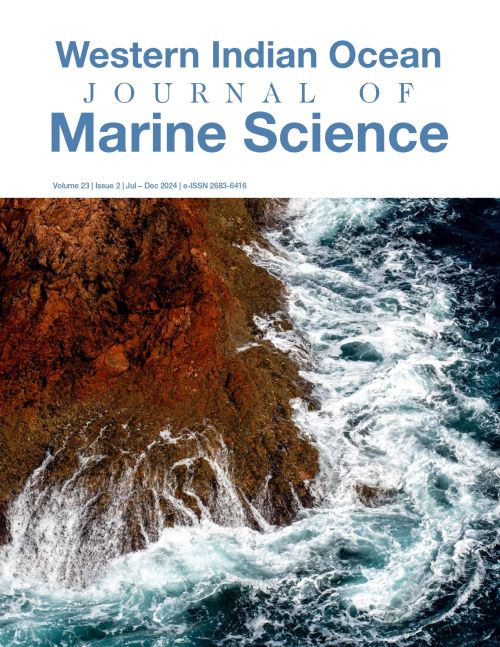Main Article Content
Effects of environmental change on phytoplankton in Kuwait Bay, Arabian Gulf: Emerging Critical Issues
Abstract
Declining fluvial discharge, dust storms, salinity increases to ~44 PSU and anthropogenic activities impact the phytoplankton of Kuwait Bay, located in the hyper-arid desert climate of the north-western Arabian Gulf. Historical trends in phytoplankton dynamics in the bay are reviewed, which include decadal changes in phytoplankton communities and episodic algal blooms. The number of identified dinoflagellate species has increased from 45 to 213 since 1931, with increases in six categories of potentially toxigenic species, of which Gymnodinium catenatum, Karenia papilionacea and Pyrodinium bahamense pose the highest risk. A decline in chlorophyll a between 2002 and 2020, despite available nutrient sources, likely contributed to the decline in Arabian Gulf fisheries. Apart from declining pelagic fish catches, several mass fish mortality events have been reported for mullets, sobaity seabreams and sea cucumbers. Experimental manipulation of offshore Kuwait surface waters (~42 PSU) to salinities of 32, 37, 42 and 50 PSU resulted in phytoplankton bloom proportions in four days at 32 and 37 PSU. The measured trends in key ecosystem variables together with the decline in diatoms to dinoflagellates, and mass mortalities of fish, suggest a rapidly changing structure and functioning of phytoplank- ton communities in Kuwait Bay. Restoration measures are suggested to improve the ecological condition of the bay and surrounding Arabian Gulf, including greater regional collaboration to reduce the flow of brine and waste water nutrients into the Gulf.







